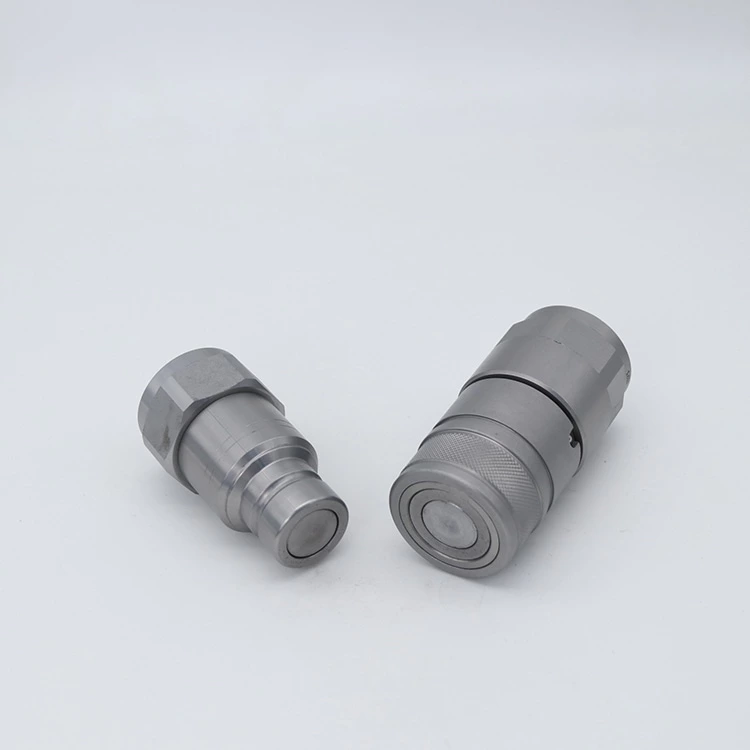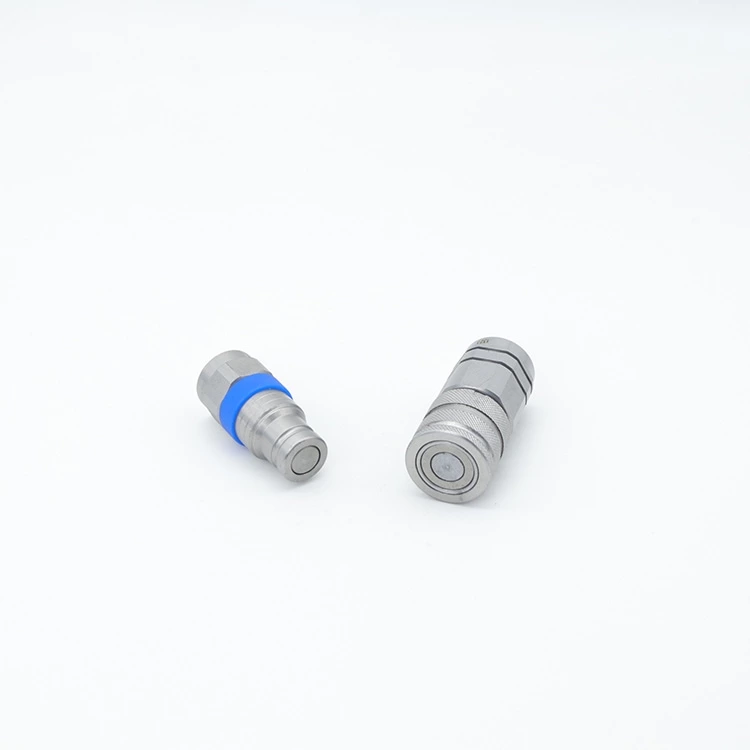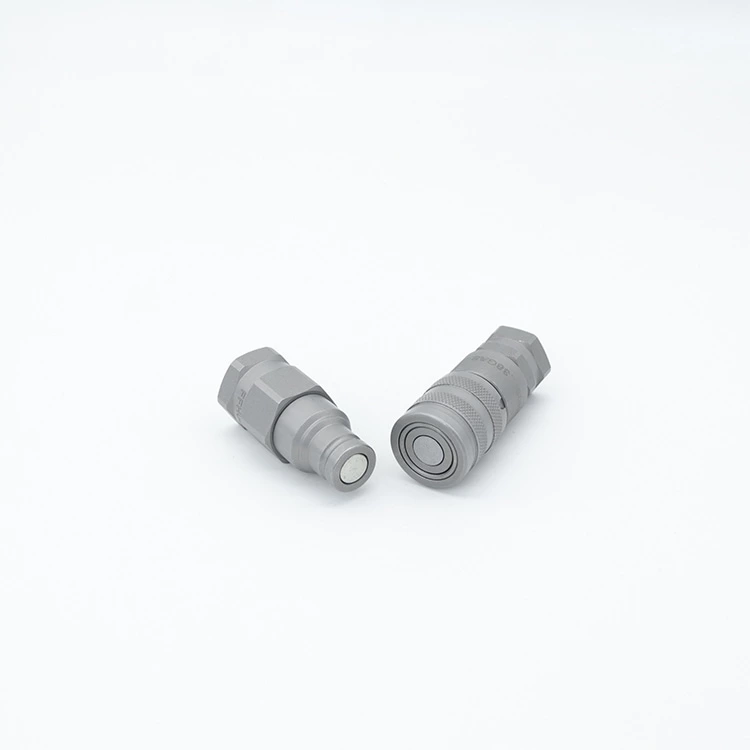How to choose quick couplings to get good performance
In many departments, attachment conversion is a procedure that occurs multiple times a day. Getting the job done quickly and without tools is key to maintaining high productivity.
In addition to the speed of the procedure, there should be no leakage of fluids that would make the work environment dirty and unsafe. This is why quick couplings use an internal mechanism to ensure a tight seal once disengaged.
Oil flows in the smaller spaces in these areas and is restricted from flowing around these components. There is also a load loss, often referred to as voltage drop - a phenomenon that is unavoidable if the versatility of interchangeable circuits is required. Therefore, it is the responsibility of the manufacturer of the quick coupling to provide a solution that takes these factors into account.
We carefully evaluate each option related to the design, components and mechanisms of our quick connectors. This keeps load loss as low as possible more efficiently than other options on the market.
One of the key factors is the size of the hydraulic fittings compared to the pipes.
If the flow rate is too low, the quick coupling will have too much fluid. This highly forceful guidance results in greater load loss and reduction in mechanical performance (slower movement). In extreme cases, circuits overheat beyond their limits, causing damage to components that were not designed to support these types of operating conditions, jeopardizing the functionality of the entire system.
In contrast, oversized quick couplings do not present these problems, but can create excessive clutter in many operating environments and can lead to inconvenience or inefficiency, as well as higher costs.







